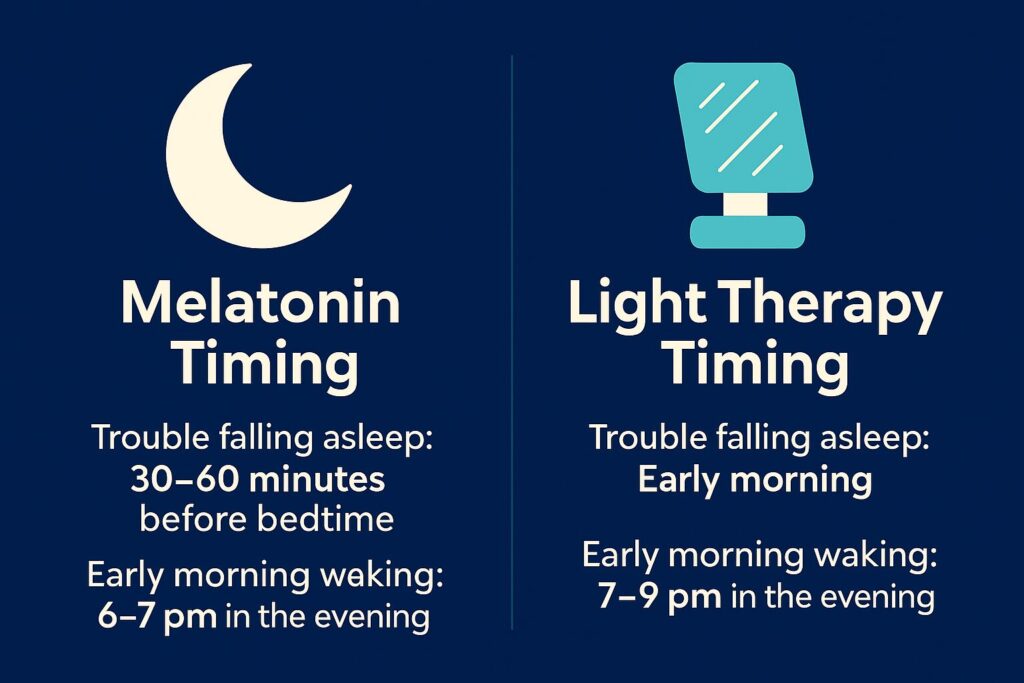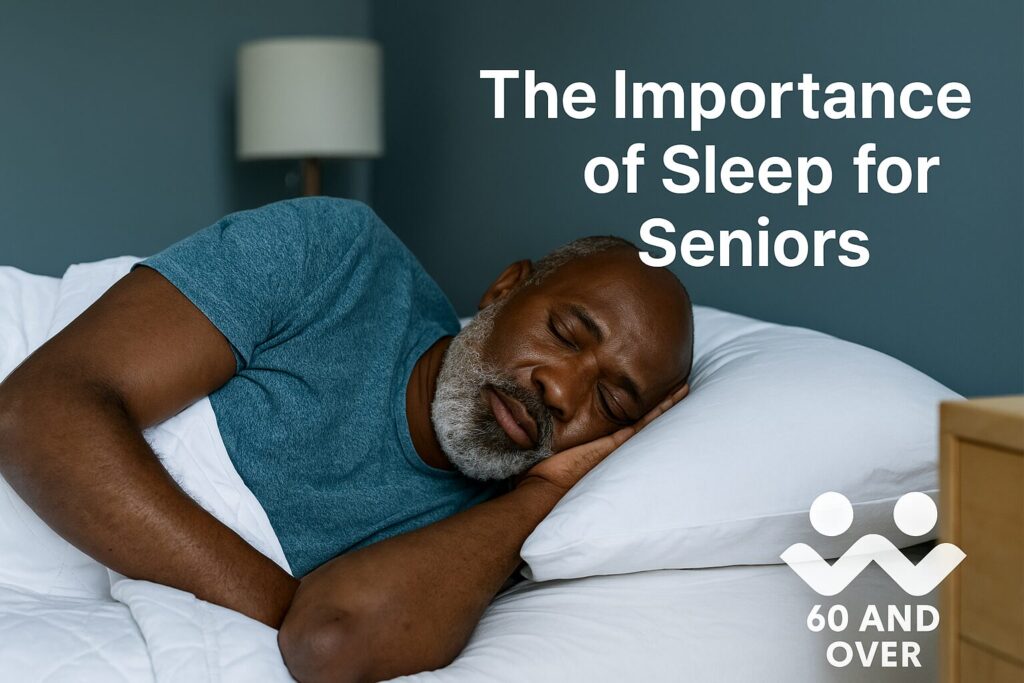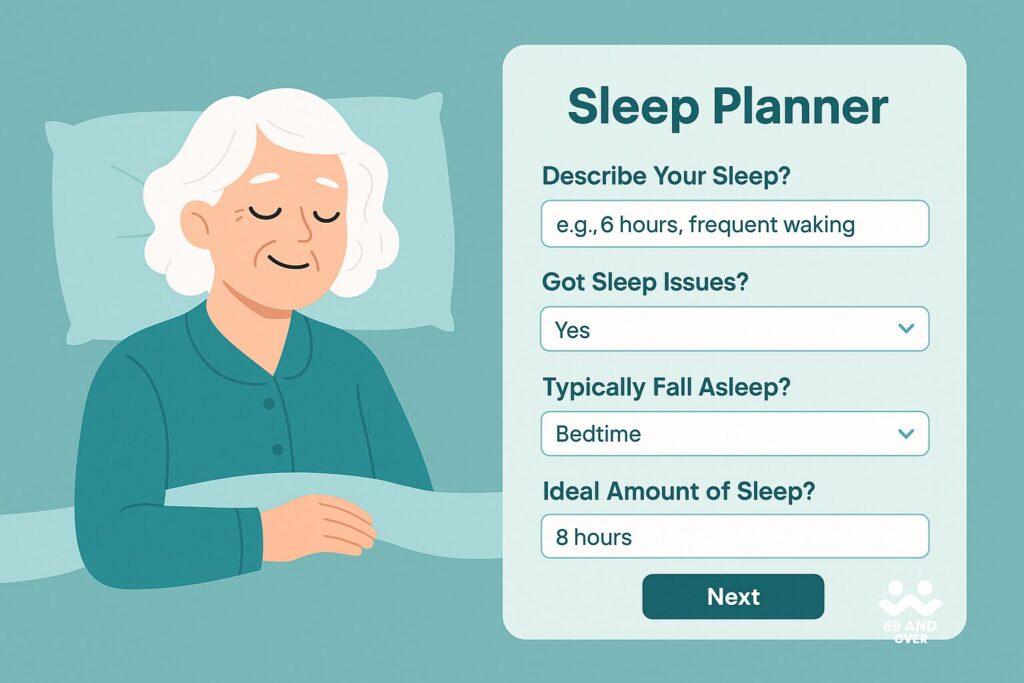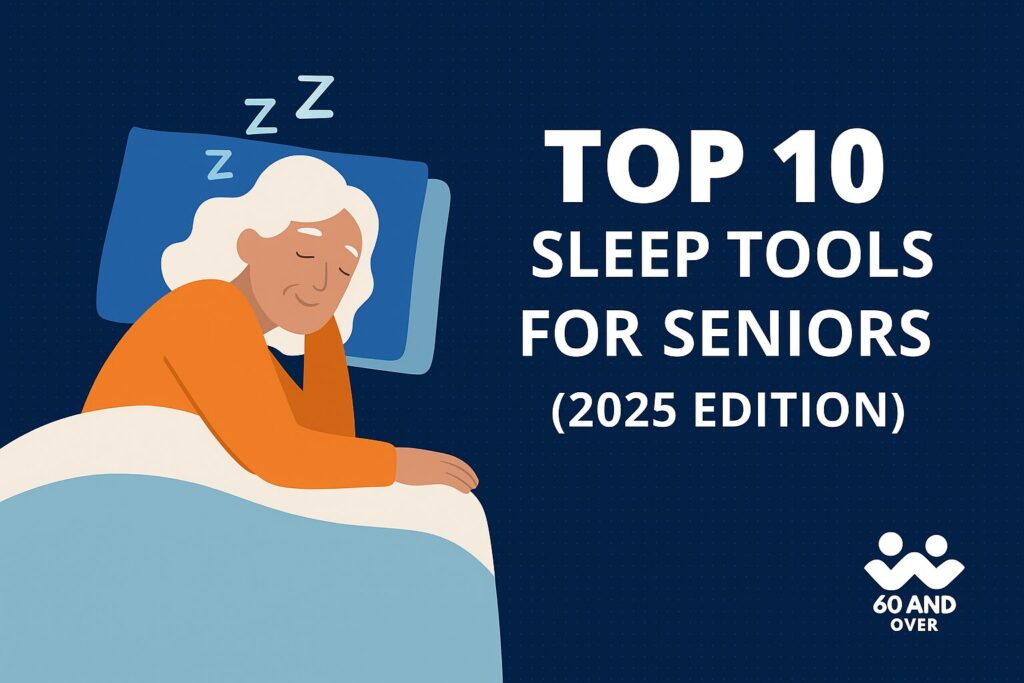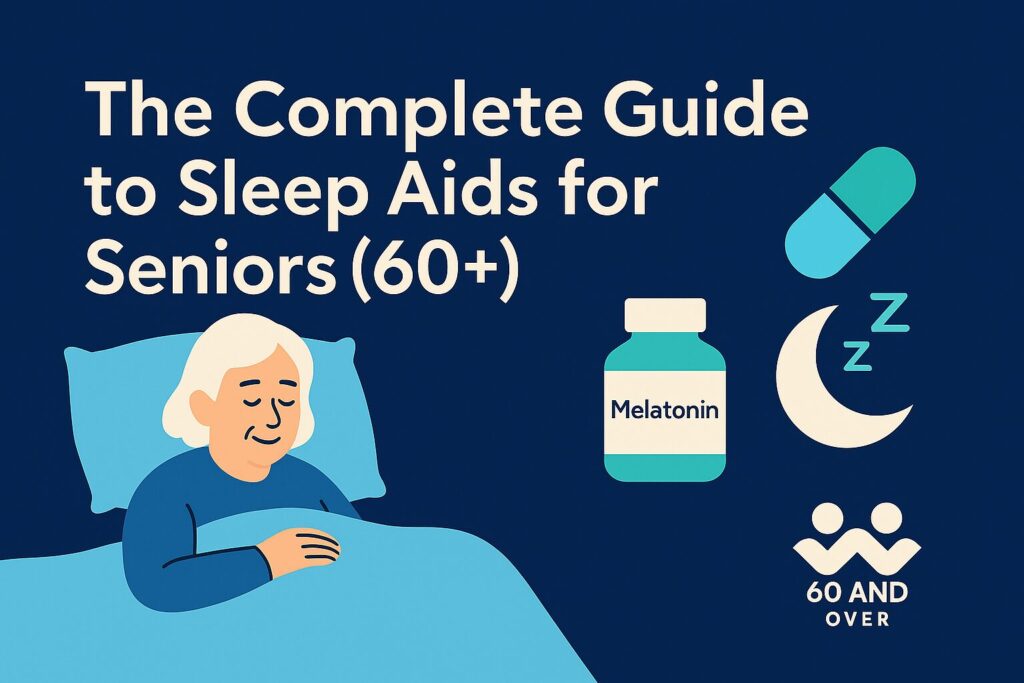Practical Advice to Improve Sleep Naturally After 60
One of the most common questions seniors ask is not just what to use for sleep support, but when. Timing matters more than many people realize. A supplement like melatonin may work wonders for one person but seem ineffective for another simply because it’s taken at the wrong time. Similarly, light therapy can reset a disrupted sleep-wake cycle—but only if it’s used at the right time of day.
This guide explains the best timing strategies for melatonin and light therapy, tailored for older adults who often struggle with falling asleep, waking too early, or staying on a healthy routine.
Why Timing Matters More After 60
As we age, our natural circadian rhythm—the internal body clock—can shift. Some seniors become “early birds,” getting sleepy too soon and waking up before dawn. Others develop delayed sleep patterns, lying awake for hours. Because of these changes, the timing of sleep aids and light exposure can make or break their effectiveness.
Best Timing for Melatonin in Seniors
How Melatonin Works
Melatonin isn’t a sedative. Instead, it signals to the body that it’s time to sleep. The hormone naturally rises in the evening and falls in the morning. Supplements work by strengthening that signal.
General Timing Guidelines
- For trouble falling asleep: Take a low dose (0.3–1 mg) 30–60 minutes before bedtime.
- For early morning waking (advanced sleep phase): Some seniors do better taking melatonin earlier in the evening (around 6–7 pm) to shift the clock later.
- For delayed sleep (night owls): Take melatonin closer to bedtime, usually between 9–10 pm, to help signal winding down.
Practical Tips
- Start small. More melatonin is not better—too much can backfire and cause grogginess.
- Take it consistently at the same time each evening.
- Avoid bright light exposure after taking melatonin, as it can blunt the effect.
👉 For more details on dosage and safety, see our full guide on Melatonin for Seniors.
Best Timing for Light Therapy in Seniors
How Light Therapy Works
Light exposure tells the brain to be alert and awake. A light box or dawn simulator provides strong, safe light to reset the body clock. Timing is crucial: light at the wrong time can push your sleep schedule in the wrong direction.
General Timing Guidelines
- For trouble falling asleep (night owls): Use light therapy early in the morning, ideally within the first hour of waking.
- For early risers (wake too early): Use light therapy in the evening (around 7–9 pm) to push the clock later.
- For general sleep rhythm support: 20–40 minutes of morning light exposure is enough for most seniors.
Practical Tips
- Sit about 16–24 inches from the light box.
- Don’t stare directly at the light; keep it at an angle while reading or doing a calm activity.
- Consistency is key—use it daily at the same time.
👉 Not sure if light therapy is right for you? Learn how prescription options like Ramelteon for Seniors compare
Combining Melatonin and Light Therapy
For some seniors, the best results come from combining melatonin at night with light therapy in the morning. This strengthens both ends of the circadian signal: melatonin cues “time to sleep,” and morning light cues “time to wake.”
- Example routine for sleep-onset insomnia:
- Take 0.5 mg melatonin at 9:30 pm.
- Use light therapy at 7 am for 20 minutes.
- Example routine for early waking:
- Take 0.5 mg melatonin at 6:30 pm.
- Use light therapy at 8 pm for 20 minutes.
Safety Considerations for Seniors
- Always start with low doses of melatonin.
- Seniors with eye conditions (like macular degeneration) should consult an eye doctor before starting light therapy.
- Check with a doctor before using either method if you’re on multiple prescriptions, especially blood thinners, sedatives, or blood pressure medications.
- Timing strategies are general guidelines—personal adjustments may be needed.
Our Take
The “when” is just as important as the “what” in sleep support. Seniors who carefully time melatonin and light therapy see better results, with fewer side effects, than those who use them randomly. Start small, stay consistent, and pair these strategies with healthy sleep hygiene habits for best results.
FAQ: Best Timing for Sleep Aids in Seniors
Q: When should seniors take melatonin?
A: Most benefit from 0.3–1 mg about 30–60 minutes before bedtime. For early waking, some take it earlier in the evening (around 6–7 pm).
Q: How long before bed should I use light therapy?
A: Light therapy is best in the morning for those who can’t fall asleep easily, and in the evening for those who wake up too early.
Q: Can I use melatonin and light therapy together?
A: Yes. Many seniors use melatonin at night and light therapy in the morning to strengthen their circadian rhythm.
Q: Is melatonin safe for older adults?
A: Yes, in low doses. Always check with a doctor first, especially if taking other medications.
Q: Is light therapy safe for seniors?
A: Generally yes, but those with eye conditions or on certain medications should consult a healthcare provider first.
Note: This article is for educational purposes only. Always talk to your doctor before starting or stopping medications.

